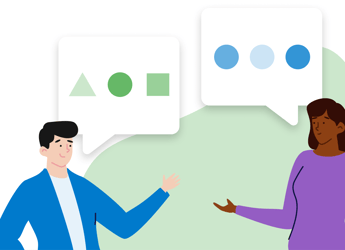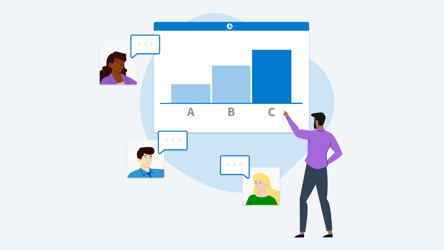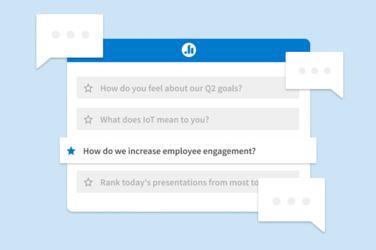Improving Employee Experience
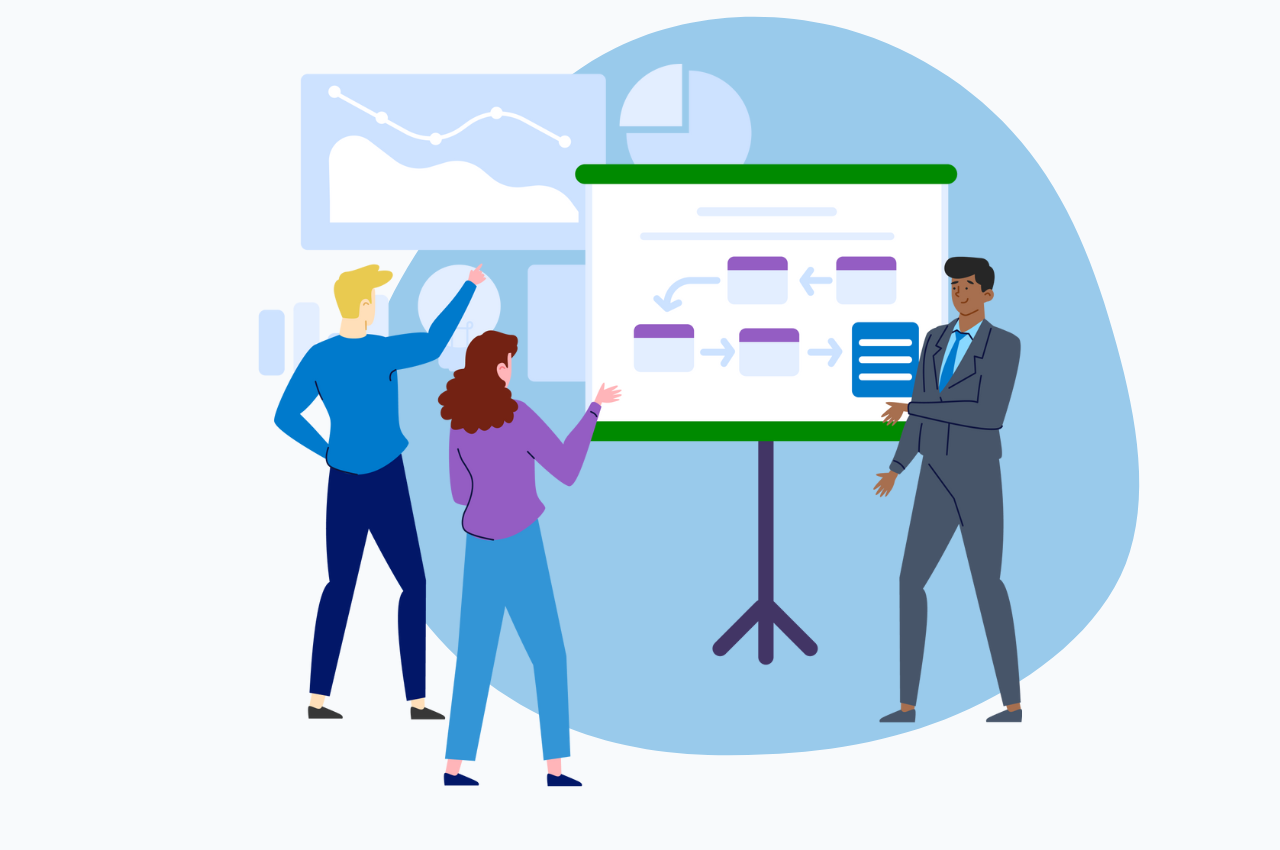
What is Employee Experience?
Employee experience refers to the total interactions, perceptions, and feelings an employee has throughout their journey with an organization. It encompasses all aspects of an employee's involvement with the company, including recruitment, onboarding, day-to-day work, career development, and offboarding.
Examples of Employee Experience Strategies
Employee experience encompasses all touchpoints an employee has with the organization, their team, and their work. Examples of employee experience strategies include:
- Onboarding Process: Implementing a structured onboarding program to help new hires integrate into the company culture, understand their role and responsibilities, and feel welcomed and supported from day one.
- Training and Development: Offering ongoing training and development opportunities to help employees enhance their skills, grow professionally, and advance in their careers within the organization.
- Flexible Work Arrangements: Providing options for flexible work schedules, remote work, or alternative work arrangements to accommodate employees' personal needs and promote work-life balance.
- Recognition and Rewards: Establishing programs to recognize and reward employees for their contributions and achievements, whether through monetary incentives, awards, or public acknowledgment.
- Wellness Programs: Offering wellness initiatives such as gym memberships, mental health resources, stress management workshops, or employee assistance programs to support employees' physical and mental well-being.
- Communication Channels: Ensuring open and transparent communication channels exist within the organization, allowing employees to share feedback, express concerns, and stay informed about company updates and decisions.
- Employee Engagement Activities: Organizing team-building activities, social events, or volunteer opportunities to foster a sense of camaraderie among colleagues and strengthen interpersonal relationships.
- Career Pathing: Providing guidance and support for employees to map out their career paths within the organization, offering opportunities for advancement, mentorship, and skill development.
- Work Environment: Creating a positive and inclusive work environment that promotes collaboration, creativity, and innovation, with amenities such as comfortable workspaces, recreational areas, or onsite facilities.
10. Exit Interviews and Offboarding Support: Conducting exit interviews to gather feedback from departing employees and identify areas for improvement, while also providing resources and support during the offboarding process to ensure a positive departure experience.
Why is Employee Experience Important?
A positive employee experience is crucial for employee satisfaction, engagement, and productivity. It involves creating a supportive work environment, providing opportunities for growth and development, fostering strong relationships among colleagues, and ensuring employees feel valued and appreciated.
Employers often focus on improving employee experience as a means to attract and retain top talent, enhance organizational culture, and ultimately drive business success. This can involve initiatives such as flexible work arrangements, wellness programs, professional development opportunities, and effective communication channels.
Read more: Why employee experience matters—and how to improve it.
Free eBook: Improving Employee Engagement
The ultimate guide to tech-driven employee engagement. This ebook is packed with tech tips to help improve the way your organization functions. It includes ideas for scaling company culture, methods for managing remote teams, and helpful tips & tricks for using tools like Poll Everywhere to increase audience participation and engagement during your meetings, trainings, and events.
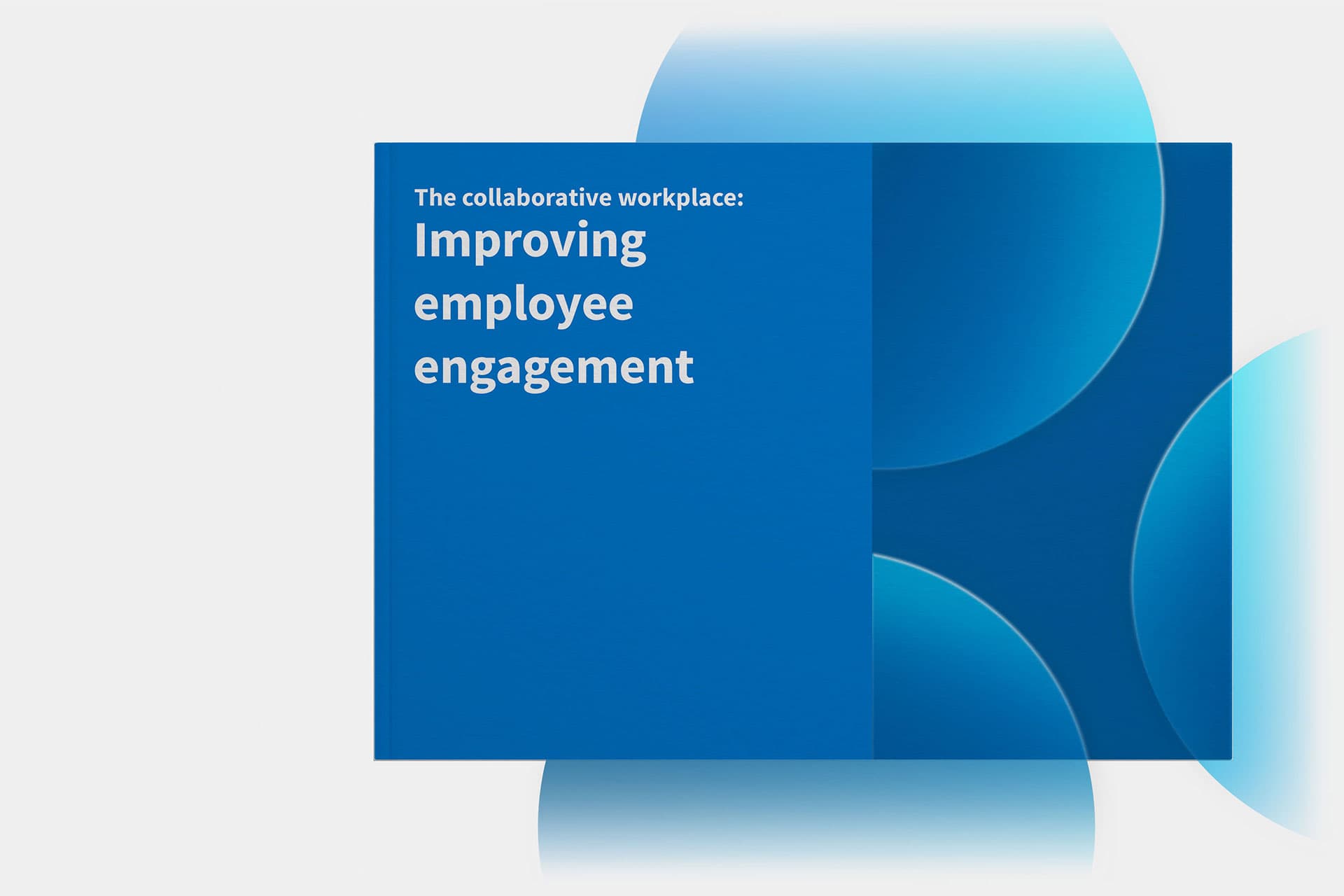
How to Improve Employee Experience
An employee’s experience is often at its highest when they first join the company. They are excited to join the company, were told very positive things about the company from the recruiter and the hiring manager, and are enamored with the newness of their job. It is important to create a healthy and inclusive work environment in order to maintain a positive employee experience and improve talent retention and acquisition.
Improving employee experience requires a holistic approach that encompasses various aspects of the workplace environment, culture, and practices. Here are some strategies that companies can implement to enhance employee experience:
- Prioritize Communication: Foster open and transparent communication channels between employees and leadership. Regularly share company updates, goals, and achievements, and encourage feedback from employees.
- Invest in Onboarding: Develop a comprehensive onboarding program to help new hires acclimate to the organization's culture, values, and expectations. Assign mentors or buddies to support new employees during their transition.
- Promote Work-Life Balance: Offer flexible work arrangements, such as remote work options or flexible hours, to accommodate employees' personal needs and promote work-life balance.
- Provide Growth Opportunities: Offer opportunities for career development, such as training programs, workshops, and mentorship opportunities. Support employees in setting and achieving their professional goals within the organization.
- Recognize and Reward Employees: Implement recognition programs to acknowledge employees' contributions and achievements. Recognize employees publicly and provide meaningful rewards or incentives for exceptional performance.
- Create a Positive Work Environment: Foster a positive and inclusive work environment where employees feel valued, respected, and supported. Invest in workplace amenities, employee wellness programs, and initiatives that promote health and well-being.
- Empower Employees: Give employees autonomy and decision-making authority in their roles. Encourage innovation and creativity by creating opportunities for employees to contribute ideas and take ownership of projects.
- Promote Diversity and Inclusion: Cultivate a diverse and inclusive workplace where all employees feel welcome and respected. Implement diversity training programs, establish diversity and inclusion committees, and ensure equitable opportunities for career advancement.
- Prioritize Employee Well-being: Prioritize employee well-being by offering resources and support for mental health, stress management, and work-related challenges. Provide access to employee assistance programs, counseling services, and wellness initiatives.
- Collect and Act on Feedback: Regularly solicit feedback from employees through surveys, focus groups, or one-on-one discussions. Use this feedback to identify areas for improvement and implement meaningful changes to enhance the employee experience.
- Lead by Example: Leadership plays a crucial role in shaping the employee experience. Leaders should exemplify the organization's values, communicate effectively, and demonstrate empathy and support for employees.
By implementing these strategies, companies can create a positive and fulfilling employee experience that attracts top talent, fosters engagement and productivity, and drives organizational success.
Discover: How employee experience management is improving the modern workplace.
Employee Experience Best Practices
Building a positive employee experience requires careful planning and implementation of best practices. Companies should adopt an employee-centric approach, placing employees at the center of decision-making processes and prioritizing their needs and preferences.
Clear definition and communication of company values, mission, and goals are essential to align employees with the organization's purpose. Establishing mechanisms for continuous feedback helps understand employees' concerns, preferences, and suggestions for improvement. Recognizing each employee's uniqueness, companies should strive to provide personalized experiences tailored to individual interests and career aspirations.
Investment in leadership development programs equips managers with the skills needed to support and inspire their teams. Fostering a collaborative and learning culture, offering flexibility, prioritizing employee well-being, and implementing recognition and rewards programs contribute to a positive experience. Providing clear career paths, leveraging technology for efficiency, promoting diversity and inclusion, ensuring transparent communication, and establishing metrics for measurement and iteration are vital considerations.
By incorporating these best practices, companies can create a supportive and engaging workplace culture that attracts and retains top talent, drives employee satisfaction and productivity, and ultimately contributes to organizational success.
Best Tools for Improving Employee Experience
Employee experience, especially in a remote or hybrid work environment, is directly linked to the types of work software your company implements. Employees spend most of their time collaborating in chats on Slack or Microsoft Teams, brainstorming virtually on Zoom or Webex, and presenting strategies on PowerPoint or Google Slides. How these tools work to facilitate conversations and help employees get their work done is critical in defining employee experience, so you want to choose one that is seamless and reliable.
Choose an employee engagement tool like Poll Everywhere to help elevate your employee experience. Poll Everywhere integrates with all of the apps listed above (and more) and is a reliable tool for fostering two-way conversations between employers and employees. Whether as an icebreaker to a large townhall or an anonymous survey, Poll Everywhere is a versatile tool that can help employees learn more about their employees and drive better decisions.
Employee Experience Resources
Discover new ways to improve your employee experience.
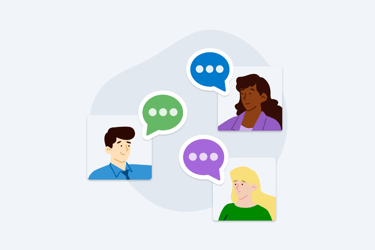
.png?height=250&name=back%20to%20school%20(1).png)
